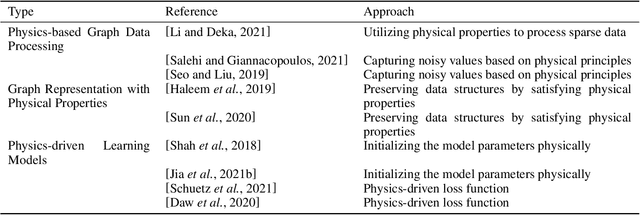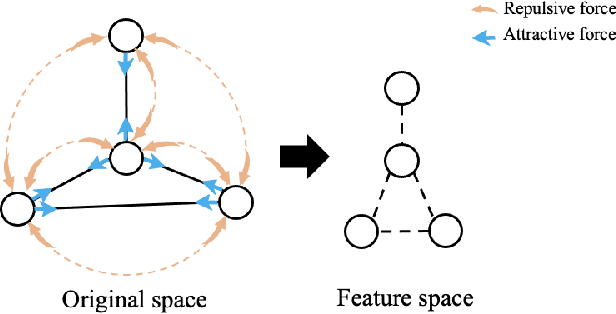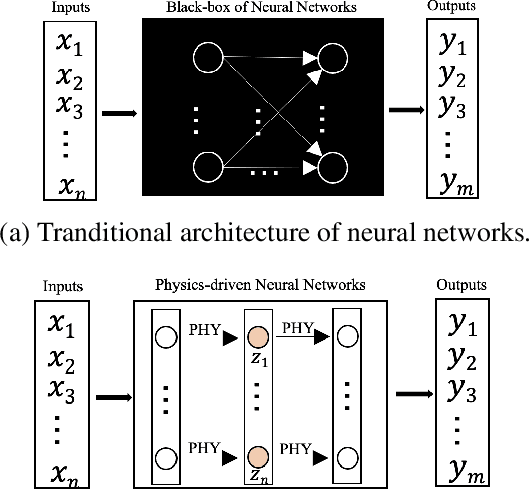Vidya Saikrishna
Vision Graph Non-Contrastive Learning for Audio Deepfake Detection with Limited Labels
Jan 09, 2025



Abstract:Recent advancements in audio deepfake detection have leveraged graph neural networks (GNNs) to model frequency and temporal interdependencies in audio data, effectively identifying deepfake artifacts. However, the reliance of GNN-based methods on substantial labeled data for graph construction and robust performance limits their applicability in scenarios with limited labeled data. Although vast amounts of audio data exist, the process of labeling samples as genuine or fake remains labor-intensive and costly. To address this challenge, we propose SIGNL (Spatio-temporal vIsion Graph Non-contrastive Learning), a novel framework that maintains high GNN performance in low-label settings. SIGNL constructs spatio-temporal graphs by representing patches from the audio's visual spectrogram as nodes. These graph structures are modeled using vision graph convolutional (GC) encoders pre-trained through graph non-contrastive learning, a label-free that maximizes the similarity between positive pairs. The pre-trained encoders are then fine-tuned for audio deepfake detection, reducing reliance on labeled data. Experiments demonstrate that SIGNL outperforms state-of-the-art baselines across multiple audio deepfake detection datasets, achieving the lowest Equal Error Rate (EER) with as little as 5% labeled data. Additionally, SIGNL exhibits strong cross-domain generalization, achieving the lowest EER in evaluations involving diverse attack types and languages in the In-The-Wild dataset.
Deep Outdated Fact Detection in Knowledge Graphs
Feb 06, 2024Abstract:Knowledge graphs (KGs) have garnered significant attention for their vast potential across diverse domains. However, the issue of outdated facts poses a challenge to KGs, affecting their overall quality as real-world information evolves. Existing solutions for outdated fact detection often rely on manual recognition. In response, this paper presents DEAN (Deep outdatEd fAct detectioN), a novel deep learning-based framework designed to identify outdated facts within KGs. DEAN distinguishes itself by capturing implicit structural information among facts through comprehensive modeling of both entities and relations. To effectively uncover latent out-of-date information, DEAN employs a contrastive approach based on a pre-defined Relations-to-Nodes (R2N) graph, weighted by the number of entities. Experimental results demonstrate the effectiveness and superiority of DEAN over state-of-the-art baseline methods.
* 10 pages, 6 figures
Entropy Causal Graphs for Multivariate Time Series Anomaly Detection
Dec 15, 2023Abstract:Many multivariate time series anomaly detection frameworks have been proposed and widely applied. However, most of these frameworks do not consider intrinsic relationships between variables in multivariate time series data, thus ignoring the causal relationship among variables and degrading anomaly detection performance. This work proposes a novel framework called CGAD, an entropy Causal Graph for multivariate time series Anomaly Detection. CGAD utilizes transfer entropy to construct graph structures that unveil the underlying causal relationships among time series data. Weighted graph convolutional networks combined with causal convolutions are employed to model both the causal graph structures and the temporal patterns within multivariate time series data. Furthermore, CGAD applies anomaly scoring, leveraging median absolute deviation-based normalization to improve the robustness of the anomaly identification process. Extensive experiments demonstrate that CGAD outperforms state-of-the-art methods on real-world datasets with a 15% average improvement based on three different multivariate time series anomaly detection metrics.
Physics-Informed Graph Learning: A Survey
Feb 22, 2022



Abstract:An expeditious development of graph learning in recent years has found innumerable applications in several diversified fields. Of the main associated challenges are the volume and complexity of graph data. A lot of research has been evolving around the preservation of graph data in a low dimensional space. The graph learning models suffer from the inability to maintain original graph information. In order to compensate for this inability, physics-informed graph learning (PIGL) is emerging. PIGL incorporates physics rules while performing graph learning, which enables numerous potentials. This paper presents a systematic review of PIGL methods. We begin with introducing a unified framework of graph learning models, and then examine existing PIGL methods in relation to the unified framework. We also discuss several future challenges for PIGL. This survey paper is expected to stimulate innovative research and development activities pertaining to PIGL.
 Add to Chrome
Add to Chrome Add to Firefox
Add to Firefox Add to Edge
Add to Edge